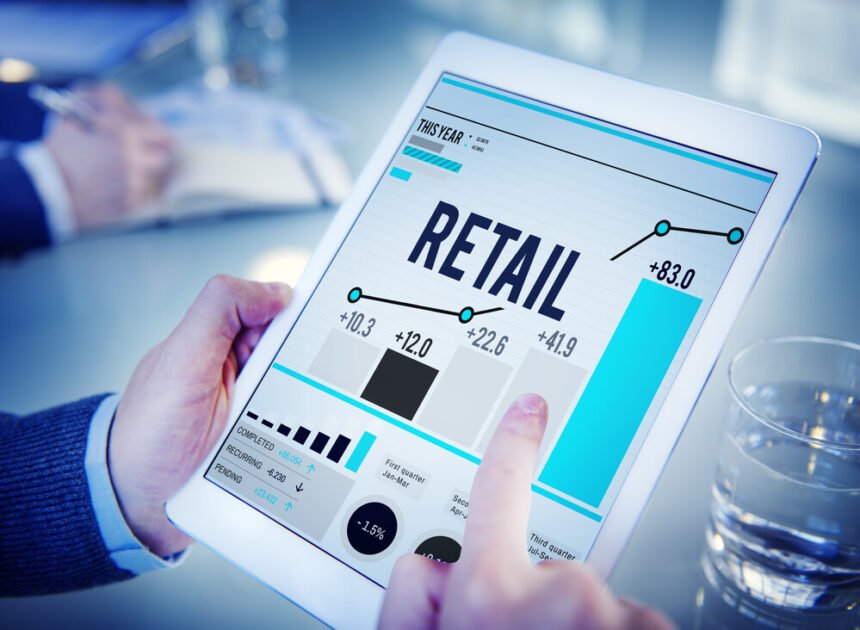Technology has changed the way businesses operate. Because the customer has a more direct hand in the way transactions are processed, more companies are taking a customer-centric approach. Being customer-centric means the customers wants and needs are everything. To identify those wants and needs, you have to use data.
Data allows us to take general information about an individual, categorize everything into a sample size of the average customer and create new ways to cater to them specifically. Because of the shifting demands of the customers, the market is constantly changing. Businesses need to keep up with the change and stay ahead of the curve or risk losing their customer base to competitors.
Real-Time Promotions and Discounts
A real-time promotion is a deal targeted to the individual at the exact time they need the discount. If there’s data about someone shopping for nails, sending them a discount for a hammer would be a great way to get a repeat customer. Putting a promo code into the company?s app that shows up after download is another way to get a loyal customer.
Sadly, the seven percent of retailers offering real-time promotions doesn’t match up to the 47 percent of customers wanting the promotions. The good news is that there’s a high demand on low supply out there waiting to be cashed in on. For businesses considering new ways to get a customer base, real-time promos are a great start.
Omnichannel Shopping
With more technology entering our lives, customers are using every means to do their shopping. They could shop off of multiple devices while in the physical store if they wanted to. Some big businesses are offering in-app or online purchases with immediate pickup in store. The interesting and tricky part for a company is finding a way to collect data from single shoppers across all of these different access points.
The organization of the data is key to understanding everything. The information collected through the omnichannel is a gold mine if deciphered correctly and used accordingly. Compiling all it in one place is the best way to start organizing everything for more information. At least 73 percent of shoppers use multiple channels on a single shopping journey. Businesses can’t afford to lose the data readily available from these experiences.
Fast Payment Options
The whole point of using data is to make the customer’s shopping experience as great as possible. Shopping includes checking out the product, as some companies tend to miss. A study found that 41 percent of customers leave their purchases behind because of long wait times at checkout. The promos and sales pitches won’t matter if the customer never even buys the product.
Many large companies are allowing customers to use self-checkout or doing away with checking out products completely. In the digital age, a few businesses are using mobile devices like Square Readers to check customers out while they?re on the move. All the customer cares about is getting their business done quickly and easily, and there are multiple avenues to make this mark.
In-Store Augmented Reality
Online and in-store shopping is still a hassle for wearable items like clothing and cosmetics when the goal is speed. Trying out clothes or trying to match colors can take up time some customers aren’t willing to spend. A few companies are finding ways to satisfy the need to make sure everything looks right and keep shopping fast and easy.
Companies like Sephora are using augmented reality to virtually show their customers what they would look like in their products. 3D facial recognition allows users to see how makeup would look on them without having to try anything on or compare to pictures of others. Stores using AR to sell products is slowly becoming a trend, which will likely be more widespread soon.
Customer Analytics
The data collected from customers, which is used for important business decisions, is referred to as customer analytics. Over the past year, 70 percent of enterprises increased spending on real-time customer analytics, enforcing the idea of a customer-first mindset in the growing industries. As a result of the extra spending, 58 percent of those companies are seeing significant increases in customer loyalty.
Not only are big businesses jumping on the real-time promotions train, but they’re also doing very well. As a result of integrating customer analytics, 44 percent of companies are increasing their revenue. Customers want the extra mile from companies ? they want to be pandered to. Since other businesses are already valuing customers so much, the time to start is now.
Data Is About Customer Happiness
Data collection is being used to drive customer-centric businesses. Since customers are more likely to conduct their business with companies catering to their needs, data is making a big change in how profit is made. Without utilizing data for real-time shopping, the business may not be up to the customers’ par, and they’ll be lost to the competition. Data and retail are now walking hand-in-hand and need to be used together if a business wants to expand in the future.










